Your Beans are Planted – Now What?
Beans are planted. What steps can you take today to make sure they thrive? Getting the crop in the ground checks items off my planning list: Soil fertility Genetics matched to my conditions Optimum row spacing and population Customized seed treatment Foliar protection plan Weather’s out of my control, cross fingers Now just sit back and wait for harvest, right? Well, not exactly. If you are familiar with Fred Below’s “Six Secrets of Soybean Success” you might be tempted to sit back and relax after your beans are in the ground. But there are plenty of actionable management items [...]
Naked or Not? Considerations for 2018 Soybean Seed Quality
As field activity ramps up for 2018, pay attention to soybean seed quality. Several factors soybeans experienced last fall resulted in delicate seed beans this spring that require careful handling during seed treatment and movement between bins, boxes, tanks, hoppers and the seedbed. Unseasonably warm temperatures during ripening dried soybeans too quickly. That was followed by repeated wetting and drying periods that delayed harvest and impacted development of the seed coat and its hardness. As a result, soybean seed germination may be reduced along with soybean seed coat intactness. Soybean seed coat (an important component for holding the seed [...]
Plant Clean, Grow Clean, Harvest Clean & Repeat
Managing weed populations is about planning and repetition. It’s hard to believe that we are approaching the threshold of planting 2018. Many soybean producers have spent the last 6 months learning new high-yield concepts and building their 2018 soybean production plan. Now is a great time to review the game plan and be prepared to make the appropriate changes based on the challenges of this season. I can imagine that most Illinois soybean producers would agree that weed populations provide no value to a growing soybean crop and waterhemp needs to be aggressively managed. This chart from the University [...]
The Early Bird Plants Smartly
When planting soybeans, we ought to ask ourselves this question, “Is it all about calendar date to ensure that we take the best steps to maximize soybean yields?” My response to that question is, “maybe.” It is true that early planting can have a positive influence on final yield, and planting into soils and environments that allow for rapid germination, establishment and vigorous early vegetative growth can have a momentous bearing to that end. But past planting seasons remind us that very early planting isn’t always possible or practical due to the whims of Mother Nature. Below are several [...]
Coming Soon: Double-Cropping Blog Series
A series of articles focused on managing the double-crop rotation are coming this season. In southern Illinois, along I-64 and I-70, double-cropping soybeans after wheat is a common rotation, as the combination of the two crops harvested in one year often produces more net revenue than corn, soybeans or wheat alone. A successful double-crop rotation with both crops producing high yields requires above average management. And for soybeans, growers need to invest in their crop, not just plant the cheapest soybean seed they can buy and then keep weeds at bay. Management does pay. The Illinois Soybean Association has [...]
Inoculating Soybeans
Although the planters have not officially started rolling in Illinois, it is safe to say that soybeans will most likely win the battle for most acres in 2018. With this being the case, many acres across the state will be coming off a continuous corn rotation and either going back into a more traditional corn-soybean rotation or going to continuous soybeans. One important detail that will be overlooked this planting season is treating soybean seed with inoculant on these acres. Why do we inoculate soybeans? Soybeans require 4 – 6 pounds of nitrogen per bushel produced. That’s almost 3 [...]
Spring Management Tips for Winter Wheat
Want to product high wheat yields? Intensive spring management is the key. Widespread heavy rains and an Easter blizzard across parts of Illinois haven’t made the last few weeks feel much like our traditional springs. But spring is here and there will be a lot to do as soon as field conditions allow. Despite our cool/cold wet weather, wheat fields have greened up and a lot of growth has occurred, with most of the crop in southern Illinois is at Feekes growth stage 4 – 5. Some early planted fields in the south are entering Feekes 6, where the [...]
Spring Management Tips for Winter Wheat
Want to product high wheat yields? Intensive spring management is the key. Widespread heavy rains and an Easter blizzard across parts of Illinois haven’t made the last few weeks feel much like our traditional springs. But spring is here and there will be a lot to do as soon as field conditions allow. Despite our cool/cold wet weather, wheat fields have greened up and a lot of growth has occurred, with most of the crop in southern Illinois is at Feekes growth stage 4 – 5. Some early planted fields in the south are entering Feekes 6, where the [...]
Tips for Successful Early Planting
All winter long growers have been bombarded with articles, meetings and retailers preaching the benefits of early soybean planting. For some growers this is their 2nd, 3rd or even 4th year of harvesting the benefits of early soybean planting, but for many growers this may be their first experience. To be successful and achieve the extra 8 – 10 bushels that have been advertised there a few things to consider. Planting soybeans earlier means dealing with cooler and possibly wetter soil conditions. This is a prime environment for fungal pathogens. A good seed treatment is recommended for a couple [...]
Scouting Soybean for Insect Pests
I began work as a field crop entomologist at the University of Illinois at Urbana-Champaign (UIUC) in September 2017, after having worked in a similar role for the University of Arkansas Cooperative Extension Service since 2014. My focus is on agronomic crops, including soybeans. The variability of insect pest pressure in soybeans is striking, not just from region to region but from field to field. While the likelihood of many insect problems can be predicted due to field history or cultural practices, populations vary dramatically due to weather, natural enemies and other factors. Year-to-year variability in these complex factors [...]

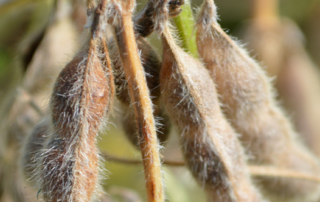
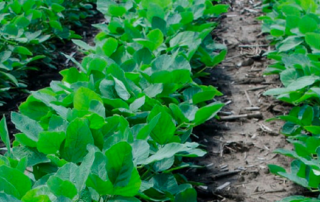
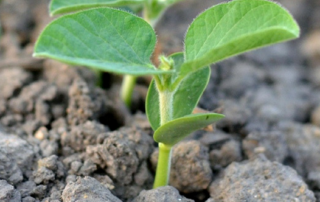
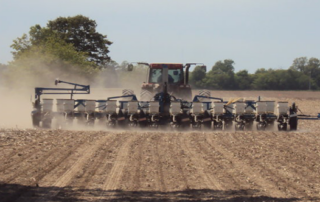
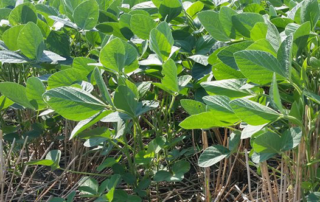
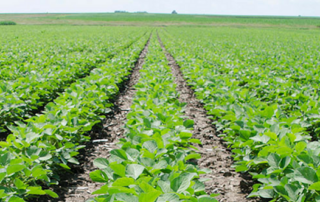
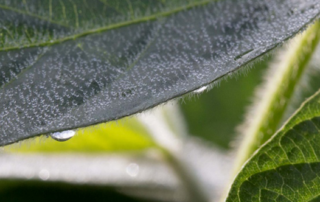
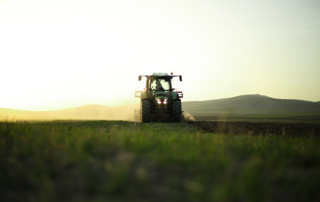
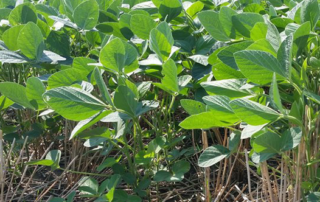

 and then
and then